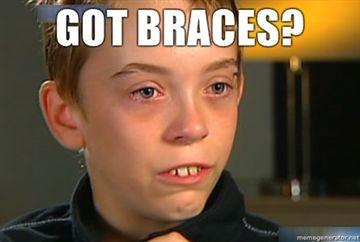twistedtree
Guru
Wow, we have all been in confinement for WAY too long.
lol !wow, we have all been in confinement for way too long.



RT, so many times I have wondered about your sanity.

A question for you Mr RTF, what was created first? The drill or the bit?
L

In Cockney rhyming slang? It might bother the cuss filter.Hmmm, how do you explain the phrase, " Brace and bit"?
A standard drill bit (or whatever you want to call it) should drill several holes. Most people are in a hurry and use too much pressure and no lubricant. And the bit burns out. It's better to drill a smaller hole first. And in drilling a large diameter bolt, it's better to drill a series of holes. It's easier on the bits because they're using a smaller area on the tip and creating less heat. Bits are heat treated to make the point harder, too much heat causes the temper to go away. Then the bit becomes dull faster.
I use Kearney Rust Cutter on stuck steel and iron nuts and bolts. It's made for power transmission linemen. Working 200 feet in the air, they don't have time or the tools to deal will drilling out a rusted bolt. This spray lubricates, but also dissolves the rust in the threads by including a weak acid in the mix. Spray it on stuck, rusted nut and bold threads and in less than a minute the threads are free. It also works on any kind of rusted parts. I also use it for rings rusted to the cylinder. About $10/can on ebay.
https://www.ebay.com/itm/Kearney-Ru...411613&hash=item3d85caf00f:g:bD0AAOSwEdteC4sk
"It also works on any kind of rusted parts. I also use it for rings rusted to the cylinder. About $10/can on ebay.
https://www.ebay.com/itm/Kearney-Rus...0AAOSwEdteC4sk"
$10 a can is great , but over $5.00 a can for shipping?
